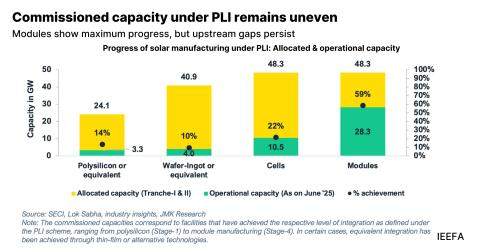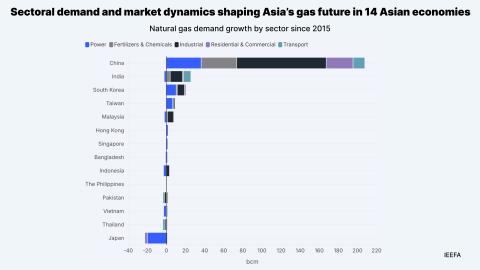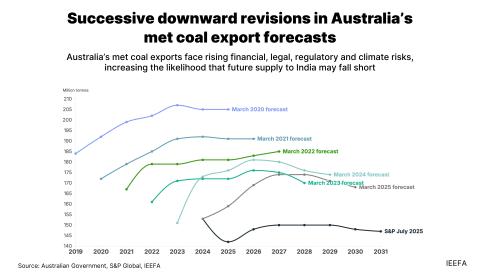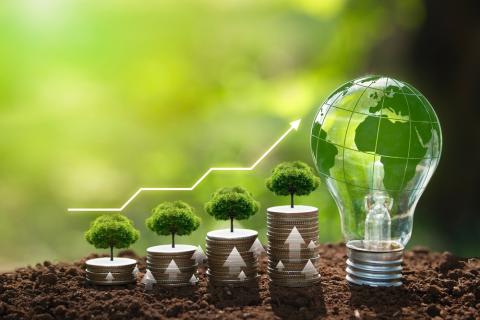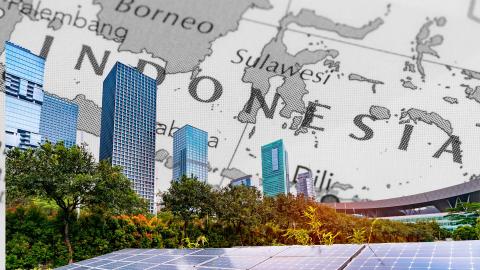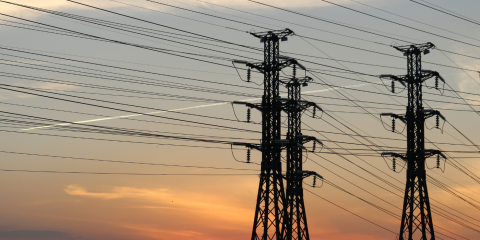Italy’s incentive scheme for gas investment must confront falling demand
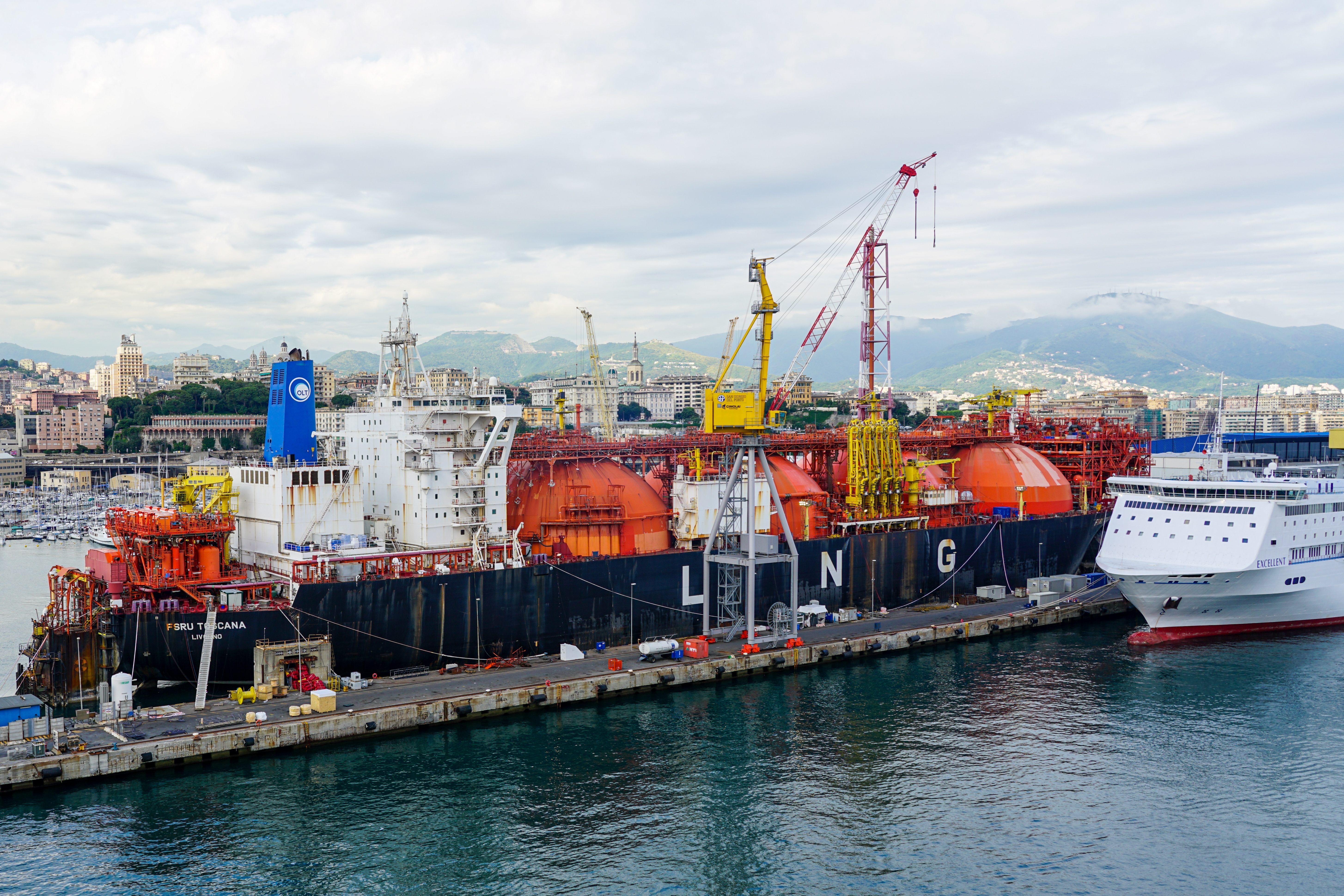
Key Takeaways:
Italy’s gas consumption dropped 19% between 2021 and 2024, while its LNG imports fell 12% in 2024, raising questions about its continued investment in both fuels.
Snam is the main beneficiary of Italy’s gas investment incentive programme, which is out of step with market reality and may encourage excessive capital expenditure on unnecessary gas and LNG infrastructure.
IEEFA urges Italy to align its government and regulatory support for gas and LNG operators with real market needs.
27 January (IEEFA): Italy’s incentive programme for gas and LNG operators is out of step with market reality, funnelling investment into infrastructure projects that will be underutilised. New Institute for Energy Economics and Financial Analysis (IEEFA) research urges better alignment of government and regulatory support with market needs.
The existing regulatory programme may encourage excessive capital expenditure on redundant gas and LNG infrastructure, despite Italy’s recent declining demand for both fuels.
Italy’s gas demand dropped 19% from 2021 to 2024. LNG imports fell 12% in 2024. Nonetheless, the country is on track to overbuild its regasification capacity, which is set to triple between 2022 and 2026. As demand continues to decline, Italy’s LNG consumption could be less than one-third of its import capacity by 2030.
Snam is the main beneficiary of this incentive scheme. The company’s regulated revenues increased by €272 million (20.1% year on year) in the first half of 2024. Of this, the vast majority (€160 million) is from a higher weighted average cost of capital and regulated asset base growth in its gas transportation and storage segments.
In 2023, Snam’s regulatory revenues increased by €385 million.
“Incentives to invest in infrastructure must be driven by demand. In the case of Italy, it’s currently the other way around, with regulated revenues driving infrastructure buildout even if there is not enough demand to justify it,” says Ana Maria Jaller-Makarewicz, Lead Energy Analyst, Europe, at IEEFA.
“Time’s up for Italy to acknowledge its declining gas demand and that of its European neighbours. The country’s ambition to become a gas hub risks jeopardising the competitiveness of its energy sector by misallocating government support to gas projects that don’t offer long-term energy security solutions.”
“Snam’s overinvestment trend, shown in this straightforward work by IEEFA, is worrying. Any consistent decarbonisation commitment requires dropping investments in gas infrastructure. To reduce the risk of stranded assets, investors and authorities should plan for an accelerated depreciation of existing gas infrastructure,” says Michele Governatori, Head of External Relations, Energy, at ECCO.
Snam owns 61% of Italy’s operational LNG terminals and 100% of two planned new terminals. The company supplies 95% of the Italian gas market and has the largest ownership of gas pipelines in the European Union, with a combined length of nearly 38,000 kilometres.
In 2021, Italy’s regulator ARERA launched its Regulation by Objectives of Expenditure and Service (ROSS) programme to encourage accountability, support the energy transition and enhance performance-based incentives.
Despite this change, Snam’s investments and regulatory revenues from expanding its gas operations have continued growing. At the same time, the tariffs that Italian domestic customers pay for natural gas remain among the highest in the European Union.
Read the report: https://ieefa.org/resources/italys-soaring-gas-investments-ignore-falling-demand
Press contact
Sofia Russi | [email protected] +393493229728
Notes to editors
Snam’s investments:
- 2022
- €400 million to acquire the Golar Tundra FSRU and for other LNG infrastructure investments
- €1.6 billion on gas infrastructure
- €300 million on the energy transition, including €200 million on biomethane acquisitions
- The regulatory asset base increased 5% thanks to new investments
- 2023
- €331 million to acquire the FSRU BW Singapore
- €410 million to acquire 49.9% of SeaCorridor, an operator of gas pipelines that connect Algeria and Tunisia to Italy
- The regulatory asset base increased 6% thanks to new investments
- H1 2024
- Ravenna LNG terminal upgrading
- Gas transportation network investments
- Works on the Adriatic Backbone gas interconnector


